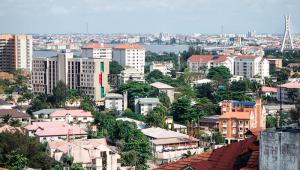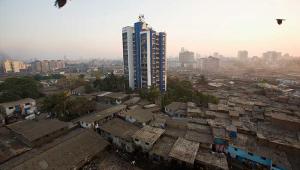A new global measure of poverty indicates that one in three children is “multidimensionally” poor compared to one in six adults – meaning that nearly half of all 663 million people in this category are children.
Vast inequalities persist between countries and among the poor themselves, according to the 2019 “Multidimensional Poverty Index” – blurring traditional distinctions between rich and poor.
“To fight poverty, one needs to know where poor people live. They are not evenly spread across a country, not even within a household,” says Achim Steiner, United Nations Development Programme administrator.
“The 2019 global Multidimensional Poverty Index provides the detailed information policy makers need to more effectively target their policies.”
The MPI has been developed by the UNDP and the Oxford Poverty and Human Development Initiative, and suggests that the traditional concept of poverty is outdated.
It goes beyond income as the sole indicator for poverty by exploring the ways in which people experience poverty in their health, education, and living standards – shedding light on huge disparities.
The 2019 MPI indicates that more than two-thirds of the multidimensionally poor – 886 million people – live in middle-income countries, and a further 440 million live in low-income countries.
In both groups, simple national averages can hide enormous inequalities. For instance, in Uganda 55% of the population experience multidimensional poverty but in Kampala, the capital, the MPI rate is 6% while in the Karamoja region it soars to 96%.
There is even inequality under the same roof: in South Asia, for example, almost a quarter of children under five live in households where at least one child is malnourished but at least one child is not.
The figures also reveal a more positive trend, showing that conditions for the world’s poorest 40% are improving more quickly than for those just above them.
Data for a group of 10 middle- and low-income countries show that 270m people moved out of multidimensional poverty from one survey to the next, progress that was largely driven by South Asia.
In India, there were 271 million fewer people in poverty in 2016 than in 2006, while in Bangladesh the number dropped by 19 million between 2004 and 2014.














